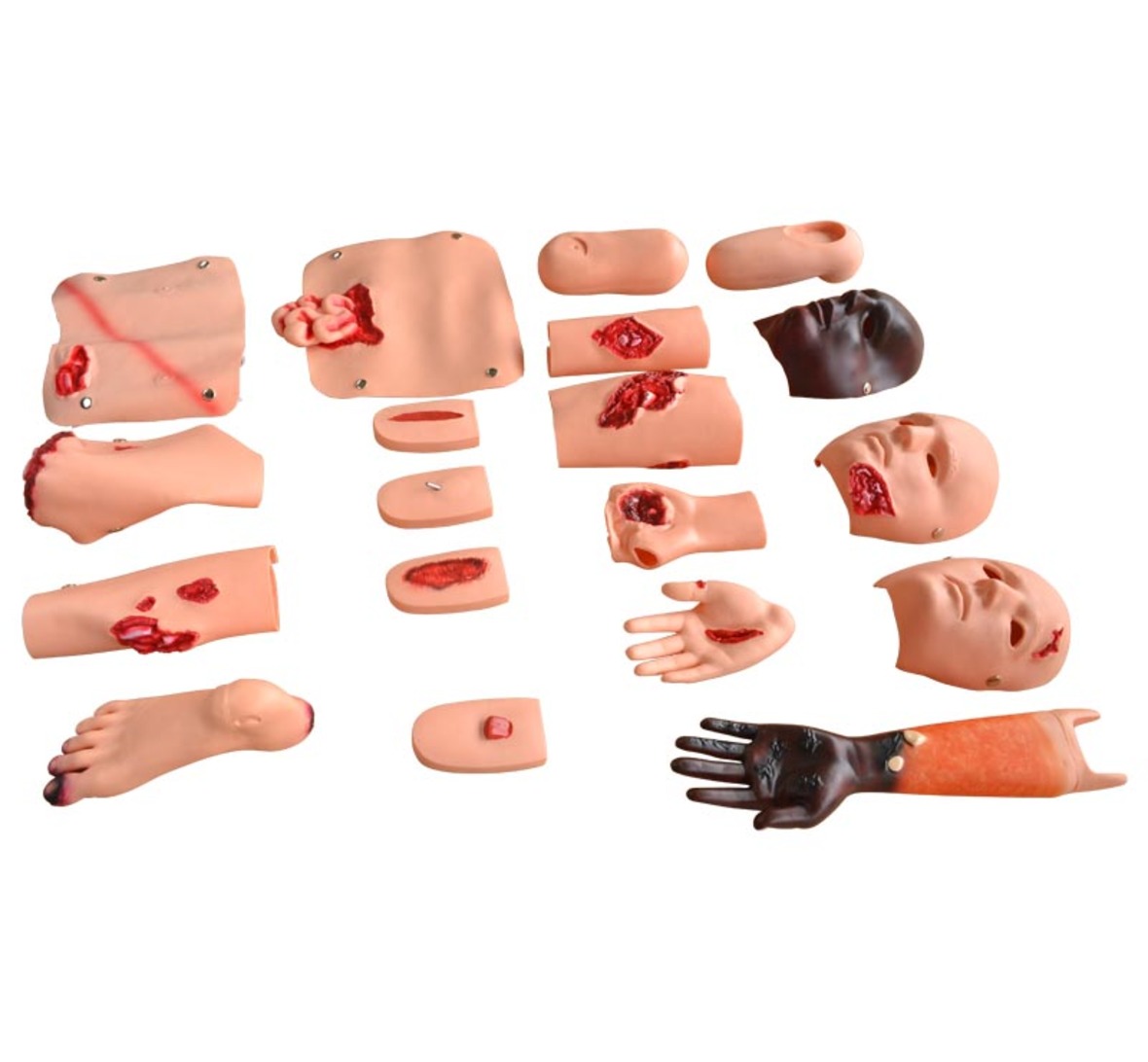28-04-2024
ADA MED SUPPLY LIMITED
Article tag: trauma simulator Human trauma model
In the process of applying trauma simulators to actual operations, we need to focus on the authenticity and comprehensiveness of the simulation to simulate real scenarios to the greatest extent so that medical staff can feel the pressure and challenges of real treatment during simulated operations.

First, we can simulate different types of trauma situations by adjusting the injury parameters of the trauma simulator. This includes injuries to different parts, varying degrees of injury, and different physiological responses. By adjusting these parameters, we can provide diverse simulation scenarios for medical staff to help them become familiar with and master various trauma management techniques.
Second, we can combine other medical devices and technologies to enhance the simulation. For example, we can use electrocardiographs, blood pressure monitors and other equipment to monitor the physiological indicators of trauma simulators to make the simulation more realistic. At the same time, we can also use virtual reality technology to build a three-dimensional simulation scene, so that medical staff can experience the treatment process more immersively during simulated operations.
Additionally, we can simulate team collaboration and communication scenarios. In the actual treatment process, teamwork and communication are very important. Therefore, in simulated operations, we can organize medical staff to conduct team rescue drills so that they can learn how to collaborate, how to communicate, and how to jointly deal with complex situations in simulated scenarios.
After the simulation operation is over, we also need to provide timely evaluation and feedback on the performance of medical staff. This includes an evaluation of its operating procedures, handling measures, and teamwork. Through the evaluation results, we can discover problems and deficiencies in the operation of medical staff and give corresponding improvement suggestions. In this way, medical staff will be able to deal with various situations more skillfully in future actual operations.
In short, applying trauma simulators to actual operations requires us to focus on the authenticity and comprehensiveness of the simulation and combine it with other medical equipment and technologies to enhance the simulation effect. At the same time, we also need to provide timely evaluation and feedback on the performance of medical staff to help them continuously improve their operating skills and response capabilities.